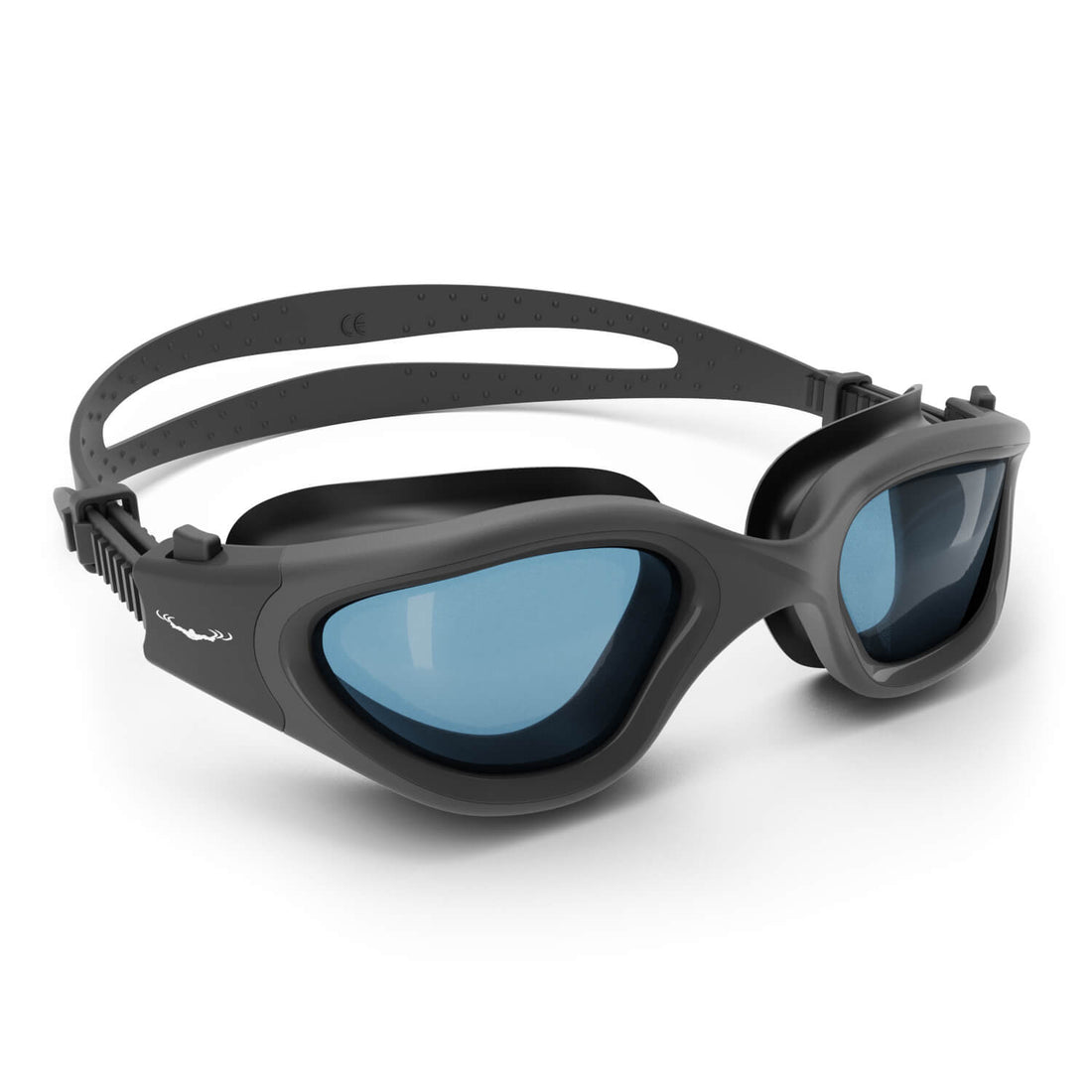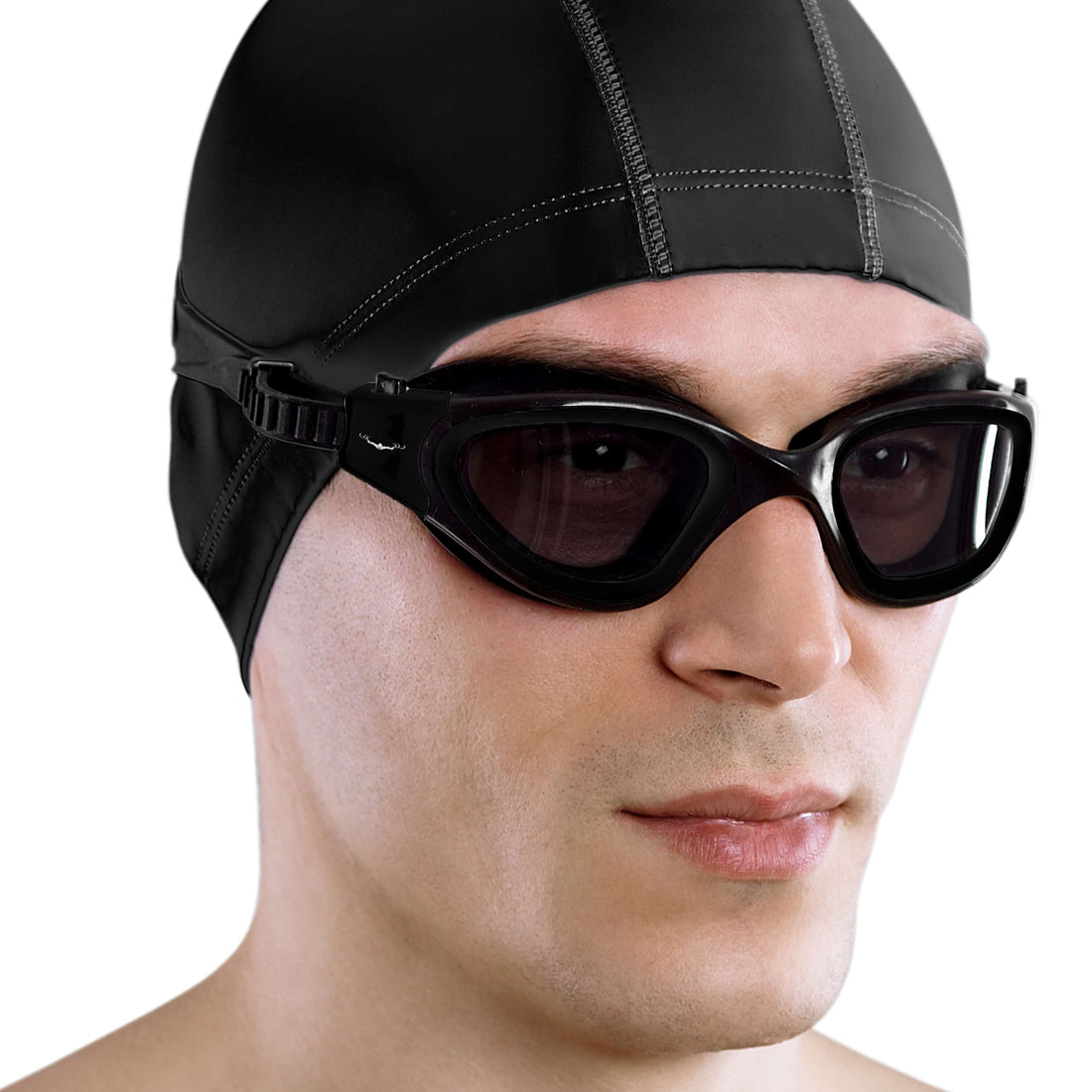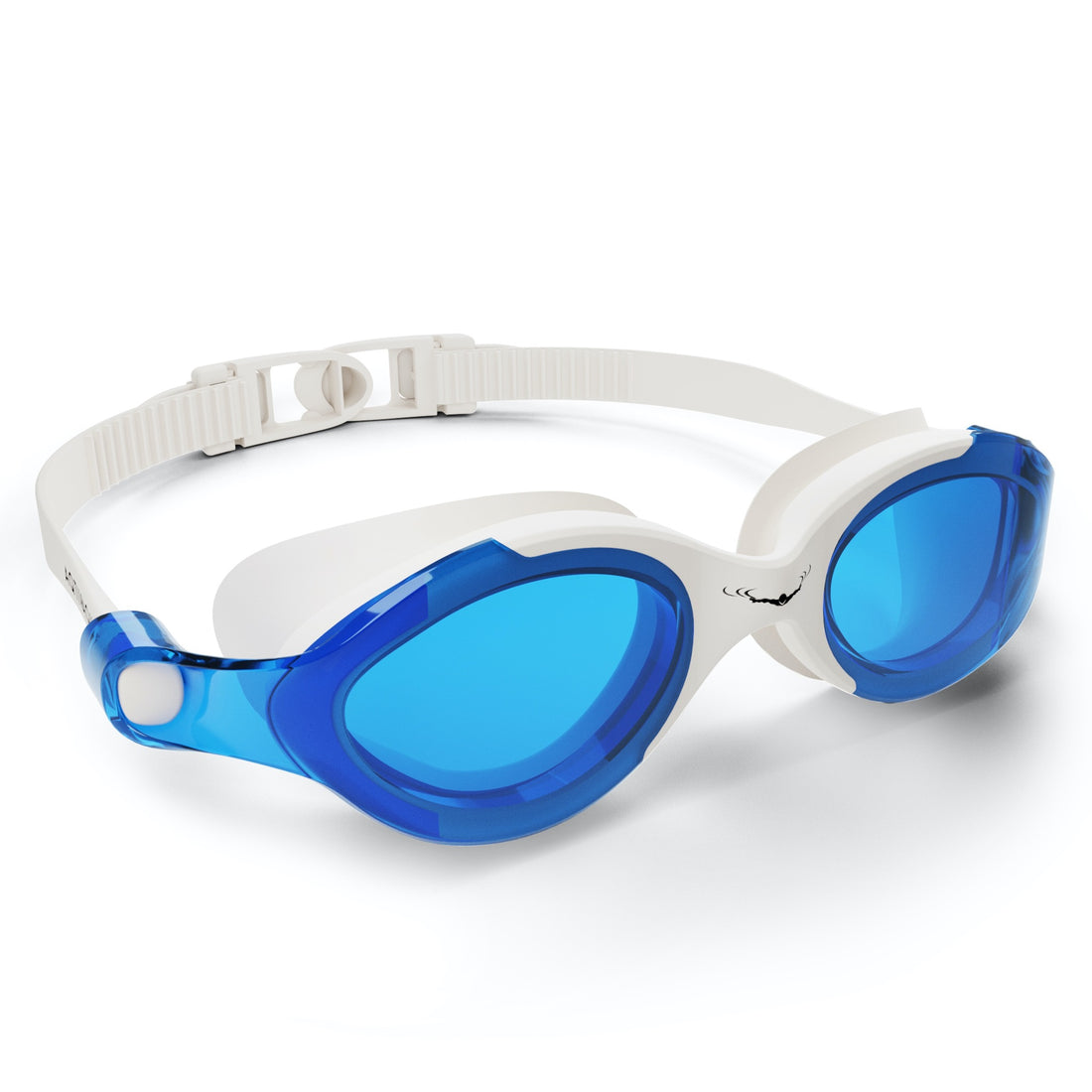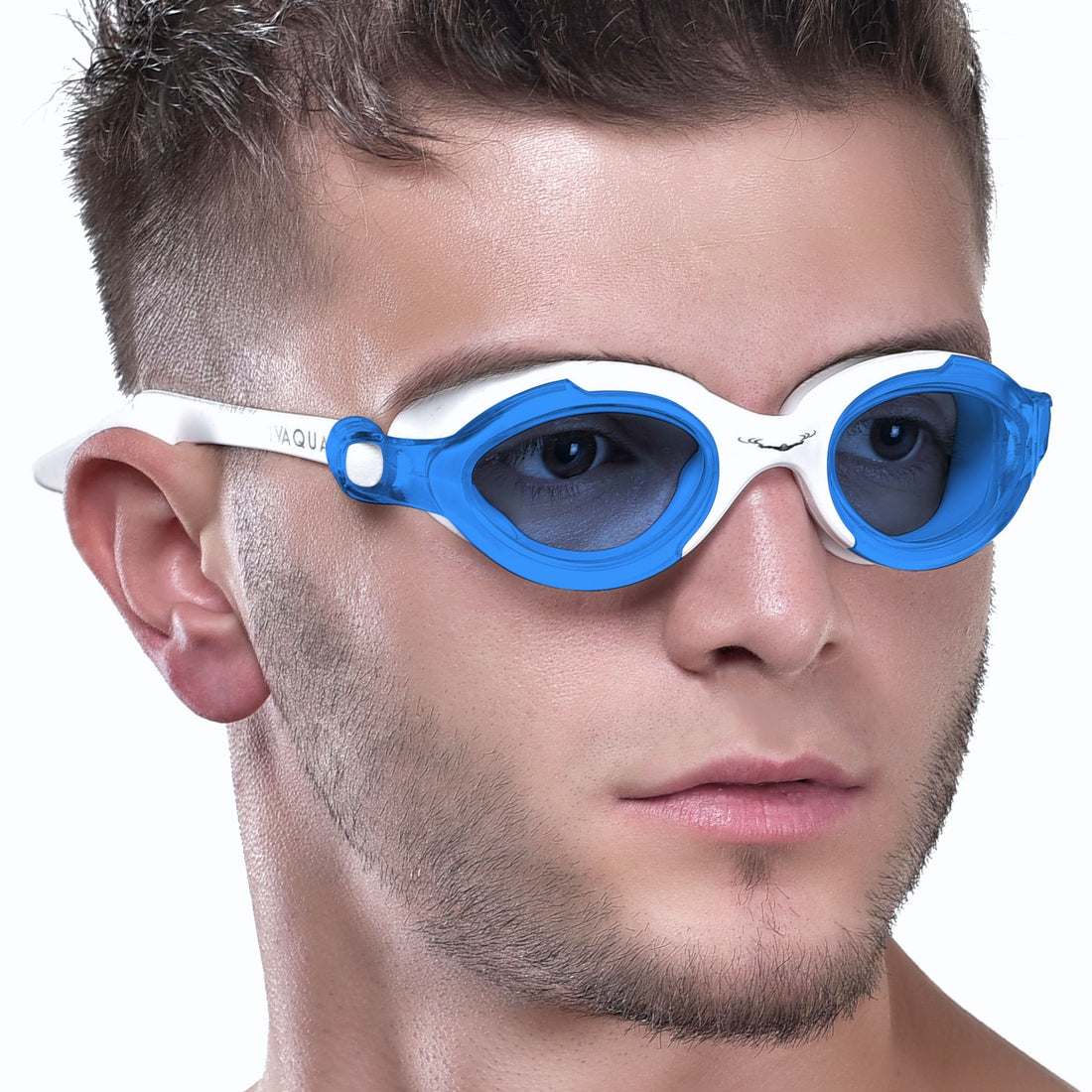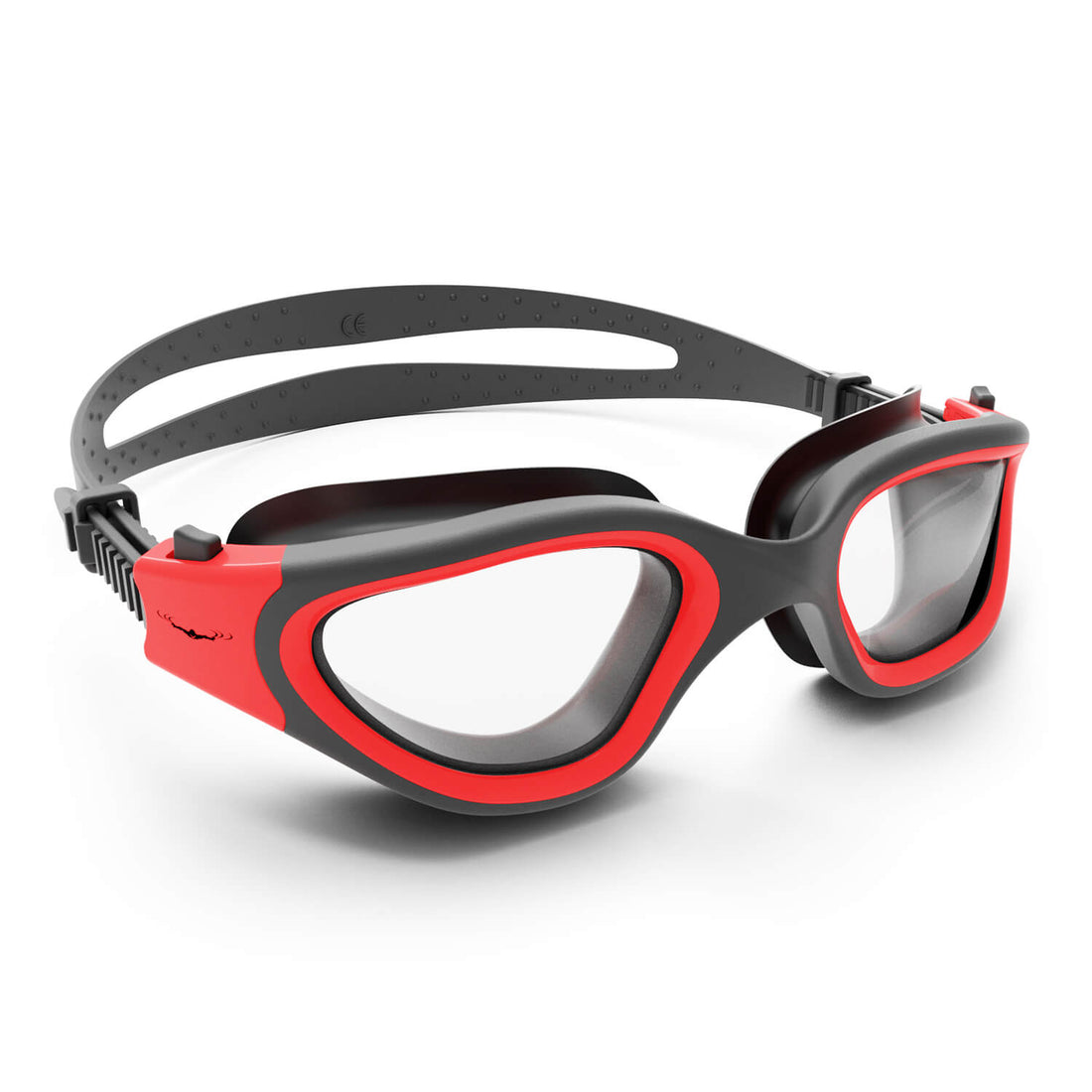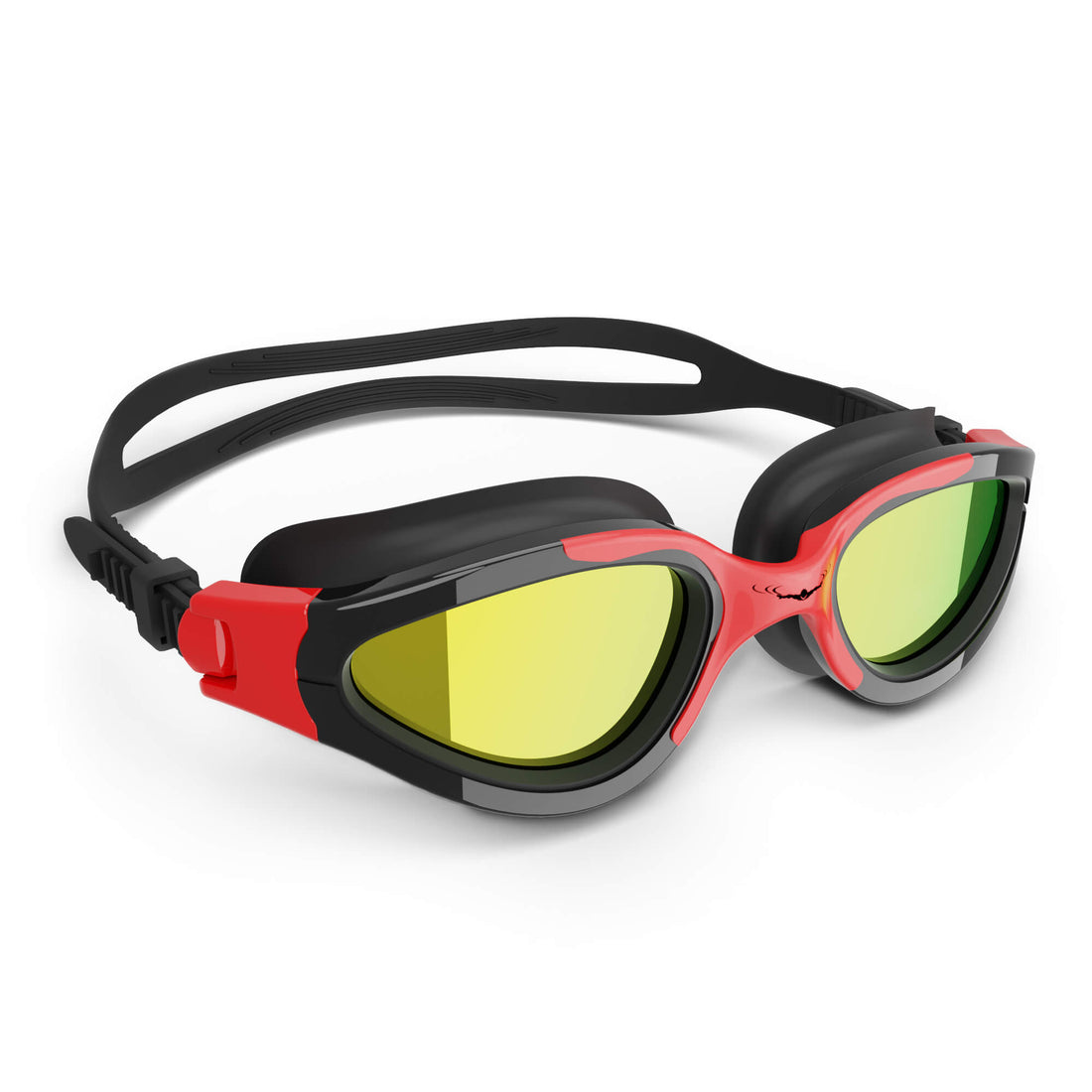Frequently Asked Questions
1. What are the key components of competitive swimming training?
2. How can I create a balanced training schedule for swimming?
3. Why is recovery important in swimming training?
4. What should I focus on in my nutrition as a competitive swimmer?
5. What mental strategies can enhance my performance in competitive swimming?
Swimming is not just an enjoyable activity but also a highly competitive sport that demands dedication, discipline, and an effective training regimen. For athletes looking to excel in competitive swimming, having a structured and progressive training plan is essential. This comprehensive guide will explore various training regimens tailored for competitive swimmers, alongside essential tips and tricks to enhance your performance—whether you're just starting out or aiming for the podium!
Understanding the Basics of Competitive Swimming
Before diving into specific training regimens, it’s crucial to understand what competitive swimming entails. The sport includes various strokes, distances, and styles, requiring different techniques and strategies. Some key components to consider include:
- Endurance: Building stamina for longer races
- Strength: Developing muscle power for explosive starts
- Technique: Perfecting stroke mechanics
- Speed: Enhancing the ability to swim quickly
- Recovery: Allowing muscles to heal and rebuild
Creating a Balanced Training Schedule
A successful training regimen combines various elements to suit the individual's needs. Here are some steps to create a balanced training schedule:
Define Your Goals
Every swimmer is different, and having clearly defined short-term and long-term goals will guide your training process. Ask yourself what you want to achieve:
- Are you preparing for a specific swim meet?
- Are you working on improving a specific stroke?
- Do you aim to enhance your overall fitness level?
Incorporate Drills and Technique Training
Technique is fundamental for competitive swimmers. Incorporating drills into your training can greatly improve your efficiency in the water. Key drills include:
- Single-arm drills for stroke refinement
- Catch-up drills for improved timing
- Kickboard drills for leg strength
- Where to use swim caps for less drag
Planning Your Weekly Training Sessions
A well-rounded schedule should include a mix of different swim workouts. Here's a sample layout:
- Monday: Endurance swim (long distance with rest intervals)
- Tuesday: Speed work (sprint sets with full recovery)
- Wednesday: Technique and drills (focus on stroke mechanics)
- Thursday: Dryland training (strength and flexibility exercises)
- Friday: Distance swim (sub-competition level)
- Saturday: Sprint intervals (high-intensity training)
- Sunday: Rest and recovery activities (light stretching or yoga)
The Importance of Recovery in Your Training
Recovery is often overlooked but is critical for maintaining your physical health and improving performance. Here are some effective recovery methods:
- Active recovery: Engage in light swimming or cross-training activities
- Hydrate and refuel: Ensure adequate intake of fluids and nutrition post-workout
- Sleep: Aim for at least 7-9 hours of quality sleep each night
- Stretching: Incorporate both dynamic and static stretching into your routine
Nutrition: Fueling Your Training
Nutrition plays an integral role in your performance as a swimmer. A well-balanced diet can enhance your energy levels, endurance, and recovery. Key components to focus on include:
Carbohydrates for Energy
Your body requires carbohydrates as its primary source of energy. Including whole grains, fruits, and vegetables in your meals will provide sustained energy throughout your training sessions.
Proteins for Muscle Repair
Post-workout, consuming protein-rich foods such as eggs, chicken, or legumes will help your muscles recover and grow stronger. Aim to incorporate a protein source in every meal.
Fats for Sustained Energy
Don’t shy away from healthy fats such as avocados, nuts, and olive oil, as they offer a concentrated source of energy and are essential for extending endurance during long training sessions.
Proper Gear for Your Swim Training
Equipping yourself with the right gear can significantly impact your performance in the pool. Here are a few essential items to consider:
Wide View Swim Goggles
Having the right swim goggles can make a world of difference. Wide view swim goggles provide increased peripheral vision, allowing you to see your surroundings and other competitors better. Selecting a pair that fits snugly and comfortably will enhance your training experience.
Swim Caps
Swim caps reduce drag and help keep your hair in place. They also aid in streamlining your body in the water, enabling you to swim faster. It’s advisable to wear swim caps during training and competitive events to maintain optimal performance.
The Mental Game: Staying Focused
Swimming isn't just physically demanding—it's also a mental challenge. Developing a competitive mindset can greatly enhance your performance. Here are some tips:
Set Realistic Expectations
Setting achievable and realistic expectations will keep you motivated and focused on your training. Rather than comparing yourself to others, concentrate on your improvements and personal bests.
Visualization Techniques
Many successful athletes use visualization techniques to improve their performance. Spend some time before each practice visualizing yourself excelling at each aspect of your swim, from start to finish.
Positive Self-Talk
Speak positively to yourself and replace negative thoughts with encouraging affirmations. This can significantly influence your performance, especially in a competitive setting.
Putting It All Together: Your Training Master Plan
Embarking on a competitive swimming journey requires commitment and a well-structured training plan that addresses endurance, strength, technique, nutrition, and mental fortitude. Here's how to create your ultimate training regimen:
- Assess your current level: Determine your strengths and weaknesses.
- Set realistic short-term and long-term goals.
- Incorporate varied workouts covering different aspects of swimming.
- Adjust your training schedule based on your performance and recovery needs.
- Continuously monitor and adapt your nutrition to fuel your training properly.
- Balance your training with mental preparation strategies.
Your Path to Swimming Success Awaits!
With the right training regimen, gear, and mindset, competitive swimming can become an exhilarating and rewarding pursuit. Follow this guide, equip yourself with the best wide view swim goggles and quality swim caps, and train diligently to enhance your skills. Remember to enjoy every moment in the water—after all, every swim brings you one step closer to your goals. Let this journey inspire you, motivate your training, and propel you toward success in competitive swimming!



